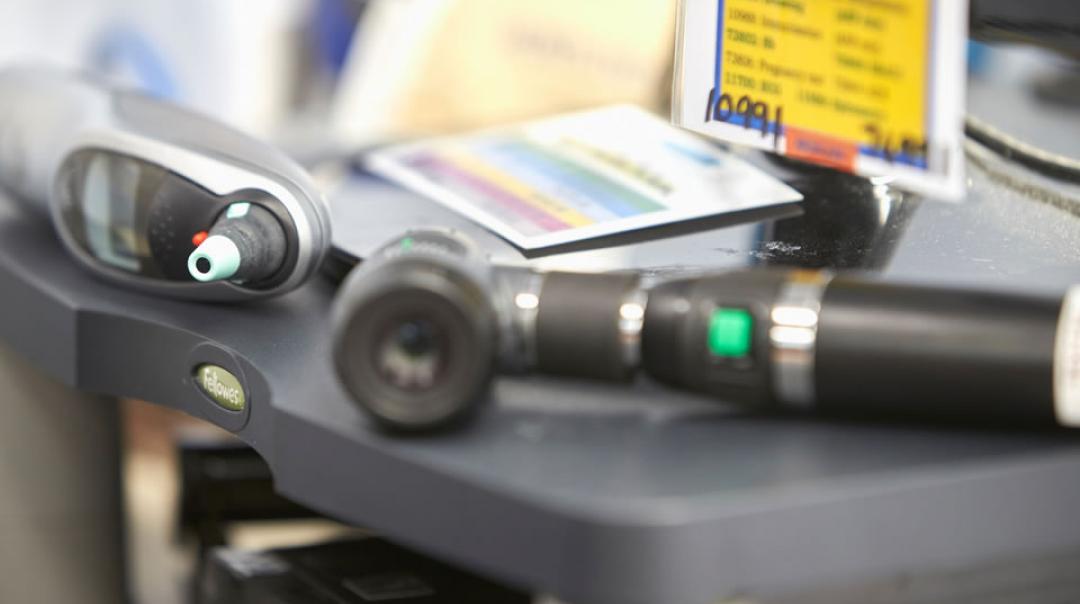
Should not confuse STI Rates and sexual abuse 8 Mar 18
The Australian,
Editor – Opinion Piece
Former Ministers and media should know better than to confuse STIs and sexual abuse – they are very different issues
Let us start by being perfectly clear that sexual abuse of children is a crime and utterly unacceptable. Aboriginal children must be protected from such abuse or exploitation and perpetrators must be held to account.
The implication in the articles that sexual abuse is common and the criticism that not enough children are being removed from their families as a result is simply unsupportable. The notion that a child who is sexually abused should be removed is simplistic at best. Surely the appropriate response is to remove and charge the perpetrator and ensure that the child can remain safely with family.
In any event, STIs on their own are not a reliable indicator of sexual abuse for two reasons – most young people under 16 with an STI have not been sexually abused and often children who have been sexually abused, do not have an STI.
STI data do not distinguish between sexually and non-sexually acquired infections. In infants and young children up to 4 years of age it is known that an STI, even of the genital area, may have been acquired from the mother at the time of delivery or via inadvertent nonsexual contact e.g. Poor hygiene practices such lack of hand washing.
It is grossly misleading to misuse STI data to paint a picture of a ‘tsunami of child sex abuse’. The child protection data does not support the notion of a “tsunami” or even a significant increase in sexual abuse cases over the last ten years. The total numbers of STIs in young children reported in the NT Health notifications system and provided to the Royal Commission do not show an increasing trend over the last ten years. There are some increases among the teenage group and there has
been a significant increase in STIs amongst young people over 15 primarily due to the syphilis epidemic in recent years. This is a communicable disease epidemic that remains unaddressed by health authorities, Territory and Federal, and this is not acceptable.
Increased rates of STI infections may also be due to increased screening and monitoring and this has generally been considered positively in that more people are being treated for these infections. As some young people have more than one STI each year the number of STIs does not equal the number of young people involved.
The data that refutes the claims of a “tsunami” of sexual abuse is readily available to the public through materials provided to the Royal Commission, reports published by the Department of Health and reports from Territory Families. It is incumbent on those who wish to make these claims to check their facts and use the data that is freely available.
The vast majority of the STIs noted in recent articles and in the Royal Commission report occurred in young people aged 14 to 15. Material published by the Royal Commission makes clear that the rates of STIs for Aboriginal young people in this age group arise from “sexual debut” slightly below the national average for all Australians and the high background prevalence of STIs in the community
– not from child sexual abuse.
The Department of Health noted in its material to the Royal Commission that the patterns of sexual activity of young Aboriginal people are similar to those of all young people – similar numbers of sexual partners, similar rates of condom use as well as same-aged sexual partners. Prof James Ward has repeatedly made the point that an Aboriginal young person from a remote community on sexual debut has up to a 1 in 2 chance of getting an STI whereas for a non-Aboriginal young person there is about 1 in 30 chance. This is grossly unfair and unacceptable but it is not sexual abuse.
Contrary to the statements by Mr Elferink and the author, those children are not “basically abandoned”. Of course, there are issues from a public health perspective for young people entering into sexual activity within such a high community prevalence of STIs. This is unacceptable and AMSANT has put forward a range of measures to address what needs to be done to address the syphilis epidemic and the high rate of other STIS and we are still waiting for the funding commitment
needed to make a difference. In the midst of this, the funding for sexual education in schools has been withdrawn.
The Aboriginal health sector works with young people in the health setting to provide them with accurate health education and information that may not be provided through schools. Health services take steps to ensure that they explore with young people the circumstance of their sexual activity and that exploitative activity is reported. We must, ask why a former Minister in the NT with multiple portfolio responsibilities crossing health, child protection, justice and police and a former
Federal Minister for Indigenous Affairs were so impotent in addressing what they now see as a “Tsunami of abuse”. In the meantime, the Aboriginal health sector will get on with the important work of supporting and driving reforms needed to genuinely improve child wellbeing and safety.
In the absence of any evidence to support its sensational claims, these articles are merely a collection of anecdotes and personal opinions that form a dangerous distraction from the important issues of child safety and wellbeing that we are currently working hard to address in the Northern Territory.
John Paterson,
CEO, Aboriginal Medical Services Alliance NT
8th March, 2018